Silent, but Still Golden
A Newcomer's Guide to Silent Cinema
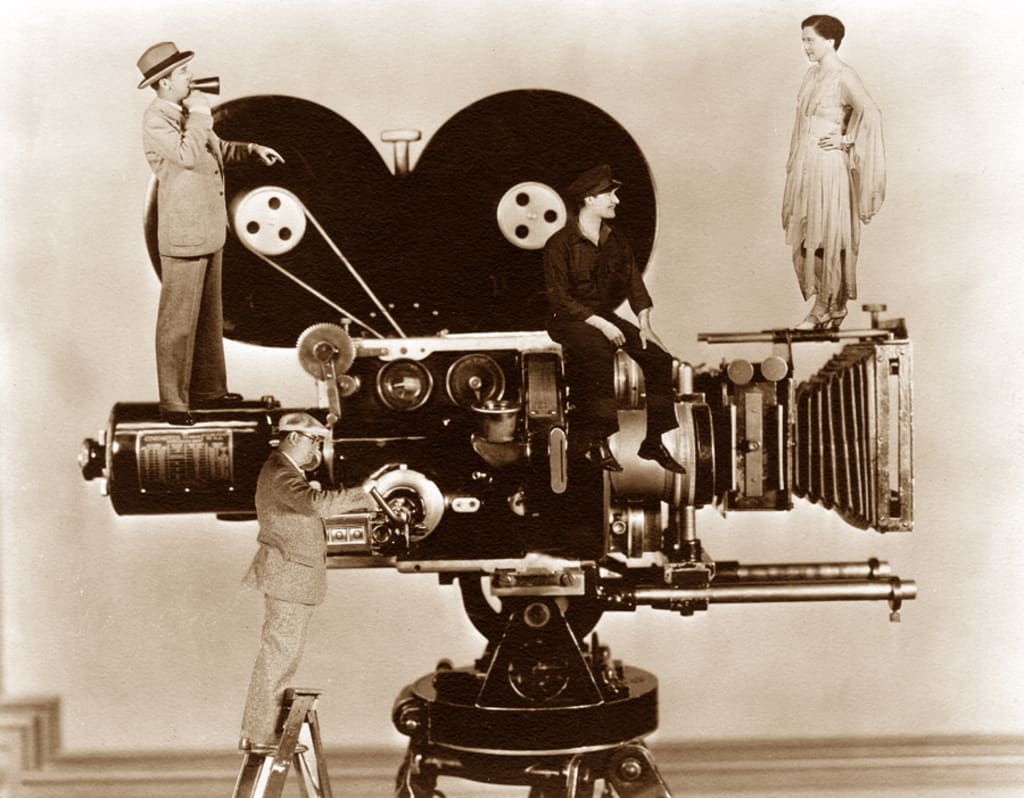
Crafted between the late 1890s and the late 1920s, the "Silent Era" of filmmaking represents the birth of the film industry that we know, today, as well as the infancy of the innovative spirit of early filmmakers. These movies relied on visual storytelling, expressive acting, and evocative music to captivate audiences and convey powerful narratives. For newcomers, silent films may seem like a relic of the past; or in some cases, like an experience on par with drinking a particular blend of scotch or glass of red wine for the first time. You may enjoy it at first exposure, but it can become rather difficult to finish. Especially given how vast and overwhelming the catalogue of silent movies is (which is ironic, considering that an estimated 75% of all silent films, produced in the United States alone, are considered lost, today). Yet, the experience can result in new outlooks that are both unique and transcendent of time. This multi-step guide will take you on a journey through the silent era; providing insights and tips to help you appreciate the magic and artistry of these timeless works. For like a tasting flight, your palette for this period of movies will slowly and surely grow on you, over time.
STEP ONE: Start with Comedy
Silent cinema can come with it's fair share of baggage for viewers; even the veteran viewers. So, using the comedies of the time can serve as a easy starting point, and provide the necessary understanding you need before diving into other genres. Specifically, I recommend the works of four individual figures. Roscoe Arbuckle, Charlie Chaplin, Buster Keaton, and Harold Lloyd. Critics often say that comedy is the quickest genre to age poorly, but the work of these people is far more universally accessible and timelessly entertaining than the comedies we see in today's films. Their humor never becomes restricted by language barriers; often relying on physical gags, slapstick, and visual wit that's easily understood by any audience, regardless of where in the world that audience may be. The protagonists have clear goals, and are then approached by challenges to such goals; be them of utmost importance or totally mundane. Hence, where the situational humor kickes in.
The pursuit of a relatively simple goal by the likes of Chaplin or Arbuckle require extensive and unnecessarily elaborate means to accomplish it. Additionally, the energetic pacing and light-hearted nature of these films make them highly engaging; to the point that they can also be described as pseudo action movies. Also, knowing that these people did all of their own stunts, only adds authenticity to the realism of the obstacles their characters must overcome. Silent comedies also highlight the innovative techniques and physical prowess of early filmmakers and actors, showcasing the creativity and craftsmanship that defined the era. By starting with silent comedies, the viewer can develop an appreciation for the art form in a more fun and approachable way, opening the door for exploring more diverse genres.
STEP TWO: Build Tolerance with Short Films
If you're accustomed with the macing of modern movies, the works of the silent era will come off as very slow and cumbersome. Starting with short films offers a perfect gateway for newcomers; providing a concise and digestible introduction to the early techniques of filmmaking. These shorter works, often ranging from an hour to even a few minutes, and allow viewers to experience the essence of this partuclar style of storytelling without the time commitment of a feature-length film. The brevity of silent shorts encourages focused viewing, making it easier to appreciate the visual creativity, narrative efficiency, and innovative techniques that filmmakers employed. Additionally, silent short films often feature a wide variety of genres and styles, from comedic sketches to dramatic vignettes and experimental pieces; offering a broad sampling of the silent era’s artistic diversity. This variety helps viewers quickly identify their preferences and build a foundation for exploring longer silent films. Starting with short films also allows for a more gradual immersion into the unique pacing and aesthetics of silent cinema, making the transition smoother and more enjoyable.
STEP THREE: Put Your Devices Away
This tends to be advice directed towards all cinema viewers, today, but I feel it necessary to stress how important it is to put away anything that could serve as a distraction from a silent era film you plan to watch. The temptation to grab one's device while watching a movie in the comfort of your home is a very strong one. Yet, I don't mean to say that with any sense of judgement; as I feel the same thing, everytime I watch not just a silent film, but any film. If you're distracted by your devices while watching a silent movie, you won't be able to figure out what's happening. With contemporary movies, we can often get way with it, because the movie is most likely spoken in a language the viewer understands; passively absorbing the dialogue and getting an idea of what's going on, without having to exclusively look at the screen.
That doesn't work, though, with silent films. It is an art form relayed visually, first and foremost. Music cues can certainly help establish the tone of the scenes, but that's rooted far more in emotion than information. If you're staring away at your computer the whole time, while also looking back at your tv, playing a silent film, you're guaranteed to be confused and unable to enjoy the film. The joy of watching a silent film comes from the ability to feast your eyes on masterful, visual storytelling. Be it from the surrealistic world-building of German Expressionism, the political agitation of Soviet Montage, the cutting edge technical advancements of French Impressionism, or the adventurous spectacle of American Hollywood Epics.
In other words, if you try to watch these movies while your eyes are glued to your phone or tablet, you're only denying yourself the very pleasures that these cinematic gems offer.
STEP FOUR: Don't Use Crutches
On occasion, you may find versions of silent movies which make the viewing experience easier for contemporary audiences. An example of this is in Douglas Fairbanks' 1929 film The Iron Mask. It was re-released in 1952; removing the intertitles, colorizing the footage, cutting 30 minutes off the original runtime, and adding in narration by Douglas Fairbanks Jr.
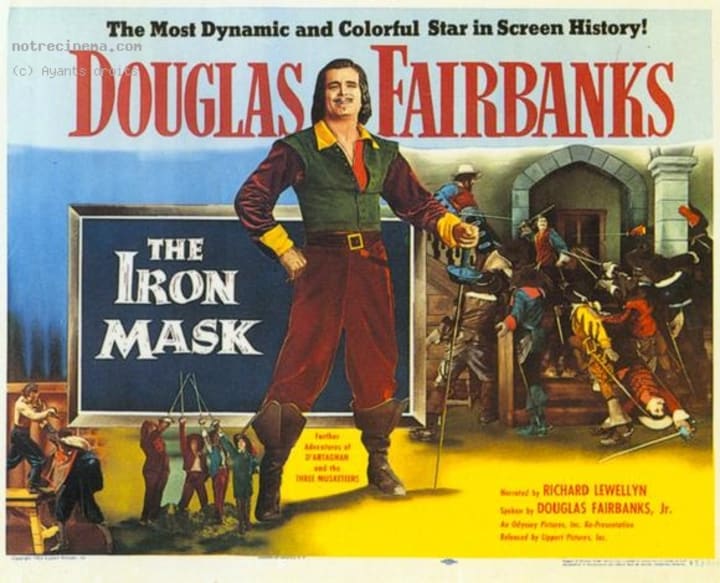
This version is considered by many to be the "preferred version", but I respectfully disagree. If the viewer is trying to get accustomed to the experience of watching silent cinema, this version won't help. Instead of learning to read the body language of silent era acting and storytelling, you'll become reliant on the voiceover to carry you through, the entire time; making the movie worse than how it what it was originally meant to be seen, and hindering ones ability to properly experience it.
STEP FIVE: No Cheating
This step may sound a little weird, but what I mean is that one shouldn't modify the film (or even the viewing experience) for the sake of personal convenience. An example of this is watching a movie on fast forward. Apparently that is a real thing people do. How do I know that? I know, because of the confessions of several classmates in my college film history class, who did this in order to get the assigned films watched in a faster amount of time.
With silent films, I can definitely understand the urge to do this, in order to undercut their slow pacing and you also won't be intruding on any hypothetical dialogue. Sure, the lack of spoken dialogue is substituted with intertitles, and if you can read fast enough, watching on fast forward can work. Yet, you'll also be discarding a lot of things in the process. In the world of comedy, timing is a very crucial factor, in order to properly execute the humor, as best as possible. The difference between a joke that's smart and one that actually makes somebody laugh can all come down to the timing. When watching the antics of Buster Keaton or Harold Lloyd on fast forward, that distinction becomes lost on the viewer. Physical comedy can also become very nuanced; requiring time and attention to fully appreciate. By altering the speed, in order to watch the filmographies of Roscoe Arbuckle or Mabel Normand, you'll never understand their true sense of on-screen humor.
However, this method of cheating isn't exclusive to comedy. When considering the visual elements of German Expressionism, how the twisted, slanted, and spiraling set pieces of The Cabinet of Doctor Caligari establish a sense of unease and discomfort. It illustrates the visual triumph of the emerging movement of surrealistic art, while it also symbolizes the deteriorating sanity of the main character, who's telling the story in retrospect; leaving the viewer to question what's real and what's fantastical.
Unfortunately, when the viewer is fast forwarding the movie, none of the visual elements will ever be recognized beyond their facial value. Nor will the viewer have the opportunity to consider its deeper meanings, and how they're emotionally impacted. It's in this corner-cutting way of watching silent cinema, which ultimately robs the audience their ability to emotionally connect with the characters' objectives and obstacles they must overcome to achieve them. One will never be swept up in the turmoil and eventual destruction of a family dynasty in the midst of the First World War, in Rudolph Valentino's The Four Horsemen of the Apocalypse, when you approach the film as only a thing to be consumed, rather than a work of art to be enjoyed. Similar to listening to a song for the only the instrumentation, and not the lyrics.
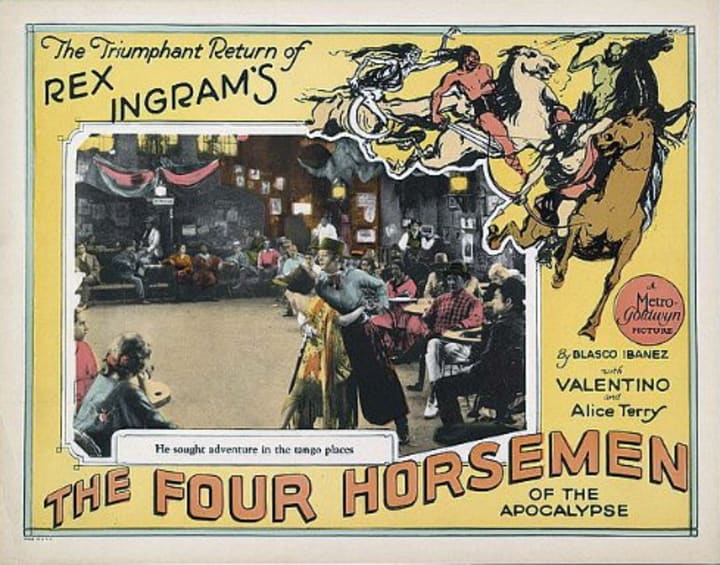
Speaking of music, it can be equally urging to put on your own personal soundtrack to silent movies. They are, "silent", after all. However, I must insist that doing this is just as flawed as fast forwarding. If one is playing their favorite songs, podcasts, or audiobooks while watching a silent movie, they're not actually watching the movie, because their attention is elsewhere. Moreover, while it is a rarity to find silent movies accompanied by their original orchestrations (back when movie theatres had musicians to play the sheet music on a piano or an organ, in sync with the footage), modern distributors still do their best to use music that best fits the style and tone of the movie. Sometimes, the music can elevates the movie to new heights that were never realized at the time they were being made. Such as the music of Rimsky-Korsakov's symphonic suite Scherezade, alongside Douglas Fairbanks' The Thief of Bagdad. As well as the original orchestrations of composer Carl Davis for Lon Chaney's The Phantom of the Opera.
Consider how these musical additions not only fit amazingly well with the movies, but also how they enhance the experience of watching them. On that note, I ask in the most polite way I possibly can, to not add your own fucking music. Pardon my French.
STEP 6: Know Your Limits
Similar to how dangerous binge drinking alcohol can be, I do not recommend binge watching the entire filmographies of silent film stars in one sitting. Part of enjoying silent cinema is making adjustments to the style and techniques of visual storytelling. Those adjustments don't happen overnight. It's an evolutionary process that takes time and incremental exposure. Slowly and surely implant silent movies into your regular media diet. This will allow you to embrace them more naturally. Once you've built a tolerance and an appreciation for them, then you can go back for an all-nighter of Valentino flicks or Eisenstein montages.
STEP 7: Look Beyond Hollywood
As you slowly and surely grow room for silent movies on your cinematic palette, it's vital to look beyond the shores of the United States. Some of the greatest and most innovative movies of the era came from multiple different countries, around the world. This is worth remembering not just for their historic value, but for their implementing of cutting edge techniques that have become commonplace (and very much taken for granted) in filmmaking, today. Be it the grotesque and physical manifestations of fear and evil in Nosferatu & The Golem, the politically charged and reactionary editing of Strike & October: Ten Days that Shook the World, or even the technological ingenuity of superimposed images, camera mobility, and extreme close ups in La Dixième Symphonie & J'accuse.
So much of the film industry we see in contemporary time is rooted in the works of the silent era. Now, you'll most likley want to prepare yourself with some much lighter viewing of Hollywood before diving into the previously mentioned foriegn films. Yet, it's still important to remember the overseas works of cinema in mind; because, subjectively speaking, the overseas films were much better made and much further ahead of their time.
STEP 8: Enjoy Yourself
Throughout the entire process of writing this guide, I feared I would make the process of watching silent films feel less like entertainment and more like homework assigned to be done during school vacation. As I write this, instructing to the reader to "Watch this, instead of that.", "Put away your devices.", and "Don't fast forward!", I may have unintentionally showcased silent movies as a joyless and exclusively academic endeavor. That isn't what I'm trying to do, by any means, at all. Silent cinema can be loved and enjoyed just as much as modern movies. They're just as funny, exciting, scary, romantic, and powerful as the movies playing in theatres, today. They offer the same range of emotional and impactful experiences as the rest of the filmmaking does in the eras following the industry's non-spoken infancy. To lose oneself in the cinematic maze of silent films can be one of the greatest journeys a viewer can embark upon. No different that traveling to the ancient sites along the Medditerranean and into the heart of South America. Which is why I recomended the comedies in the very begining of the guide. As they can be the easiest to acquire and enjoy. Though, maybe that isn't the case for you. Maybe you're more into the political nuance of German Expressionism and Soviet Montage. Or, maybe, the swashbuckling sword and sandal epics of Douglas Fairbanks are more to your liking. In any case, enjoy yourself and watch what strengthens your sense of joy. For even when watching them may feel like more work than fun, there is a lot of pleasure to be found in silent cinema. Happy hunting!
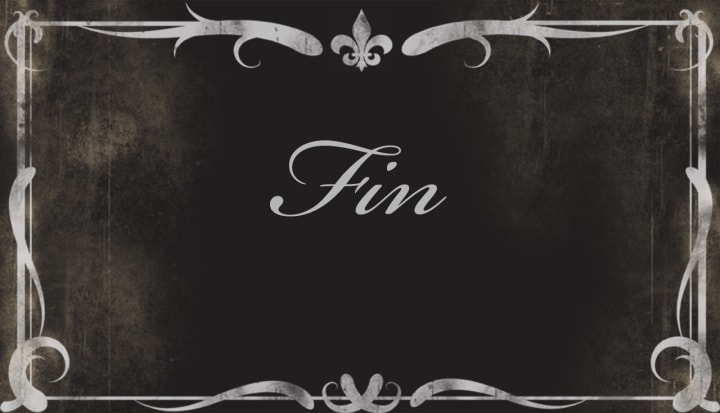
About the Creator
Jacob Herr
Born & raised in the American heartland, Jacob Herr graduated from Butler University with a dual degree in theatre & history. He is a rough, tumble, and humble artist, known to write about a little bit of everything.
Enjoyed the story? Support the Creator.
Subscribe for free to receive all their stories in your feed. You could also pledge your support or give them a one-off tip, letting them know you appreciate their work.




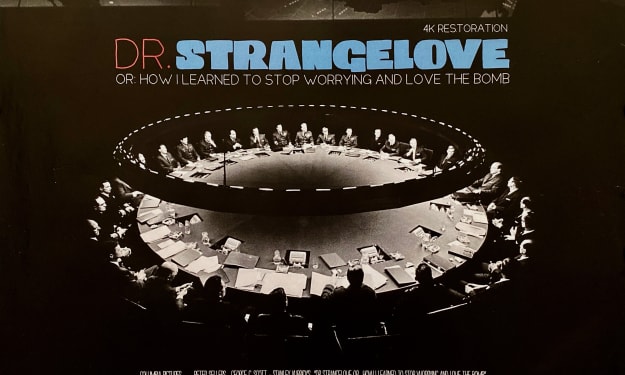

Comments (1)
Well done!!! Thoroughly enjoyed your guide!!!❤️❤️💕